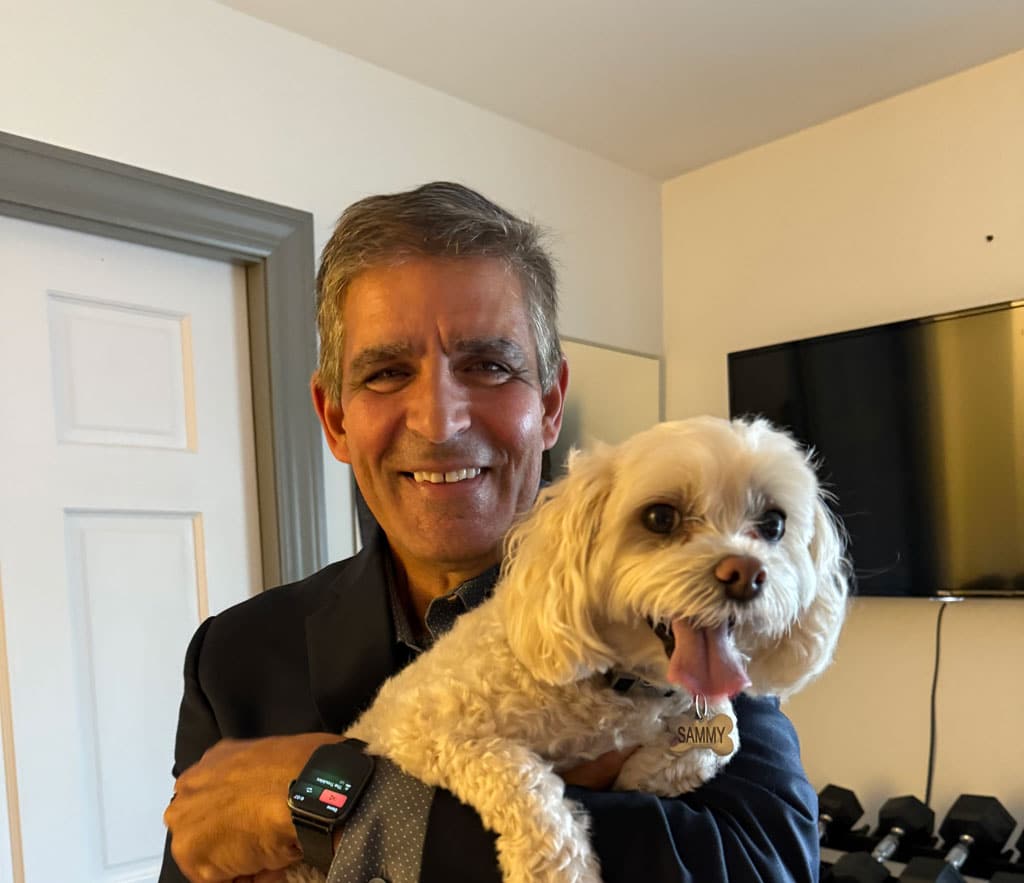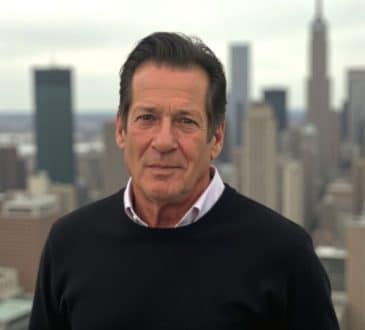From Fine Dining to Culinary Mastery: A Conversation with Michael Papandrea

Michael Papandrea, a seasoned chef and culinary visionary, has spent his life creating beauty and joy through food. Originally from Long Island, New York, Michael began his culinary career at just 13 years old, rising to work in iconic establishments such as La Caravelle in New York City and Michael’s Restaurant in the Hamptons. Along the way, he cultivated a celebrity clientele that included legends like Frank Sinatra, Jacqueline Kennedy Onassis, and Mick Jagger. Michael also dedicated years to mentoring aspiring chefs as a chef instructor at the Culinary Institute. Now based in Frankfort, Illinois, Michael continues to inspire through his unmatched commitment to culinary excellence.
What inspired you to start working in the restaurant industry at such a young age?
Growing up on Long Island, food was central to our family and community gatherings. It wasn’t just about sustenance—it was about celebration, connection, and storytelling. I was drawn to the fast pace and camaraderie of kitchen life early on. My first job at 13 gave me a taste of what it meant to transform raw ingredients into something extraordinary. The energy, precision, and creativity I saw in those kitchens ignited my passion for food and set the foundation for my career.
How did working at La Caravelle in New York City shape your culinary philosophy?
La Caravelle was the ultimate training ground for any chef serious about their craft. It was one of the top five French restaurants in the country at the time, and the standards were uncompromising. Every detail mattered, from the sourcing of ingredients to the final plating. It was here that I learned the importance of precision, consistency, and respecting the art of cooking. The experience taught me to push boundaries while staying rooted in classic techniques, lessons that have stayed with me throughout my career.
What was it like working with celebrity clients, and how did it influence your approach?
Serving high-profile clients like Frank Sinatra and Jacqueline Kennedy Onassis was both thrilling and educational. These individuals had refined tastes and high expectations, which pushed me to deliver excellence consistently. It wasn’t just about the food—it was about creating an unforgettable experience. That level of attention to detail and focus on customer satisfaction became a hallmark of my approach, whether I was designing a menu or running a kitchen.
How did teaching at the Culinary Institute shape your career?
Teaching was one of the most rewarding experiences of my life. It wasn’t just about imparting skills—it was about mentoring the next generation of chefs. Seeing students evolve from novices to confident professionals was deeply fulfilling. Teaching also taught me the value of patience and the importance of fostering creativity while emphasizing discipline. It’s an experience that not only shaped me as a chef but also as a leader.
What inspired you to open your own restaurants?
Owning a restaurant was always a dream for me. It was the ultimate way to express my culinary vision and connect with people through food. Michael’s Restaurant in the Hamptons was about celebrating the local flavors of Long Island—fresh seafood, bold ingredients, and a welcoming atmosphere. Later, with Michael’s 1870 Wedding Mansion, I wanted to create a space that went beyond dining to offer a full sensory experience. Both ventures were about bringing people together and creating moments they would never forget.
What was the most challenging part of running your own restaurants?
Running a restaurant is a high-wire act. Balancing creativity with the demands of managing a team, controlling costs, and exceeding customer expectations is no small feat. One of the biggest challenges was maintaining consistency while innovating. Every dish, every service had to meet the highest standards, no matter the circumstances. But those challenges also taught me resilience and adaptability, skills that are invaluable in any field.
How has your Long Island upbringing influenced your culinary style?
Long Island’s rich culinary heritage had a profound impact on me. The access to fresh seafood, local produce, and a melting pot of cultural influences shaped my approach to food. I’ve always believed in letting ingredients shine, respecting their natural flavors, and creating dishes that tell a story. That philosophy has guided me from my early days in the kitchen to every plate I’ve crafted since.
What advice would you give aspiring chefs?
Master the fundamentals first. Knife skills, sauce-making, and understanding your ingredients are the building blocks of great cooking. But once you have that foundation, don’t be afraid to innovate and find your own voice. Stay curious, be resilient, and always strive for excellence. And remember, cooking isn’t just about food—it’s about creating an experience that brings people together.
What role has mentorship played in your career?
Mentorship has been a cornerstone of my career, both as a mentor and as someone who has learned from incredible chefs along the way. The guidance I received early in my career helped me refine my skills and build confidence. Later, as a teacher and leader, I found joy in passing on that knowledge to others. Mentorship is about more than technical skills—it’s about inspiring others to see the potential in themselves.
What’s next for you in the culinary world?
While my focus has shifted over the years, my love for the culinary arts remains as strong as ever. I’m exploring ways to continue sharing my knowledge, whether through writing, consulting, or mentoring young chefs. Food has always been my greatest passion, and I’ll never stop finding ways to celebrate and share it.
Michael Papandrea’s career is a testament to the transformative power of passion, precision, and a love for creating memorable experiences. From the kitchens of New York City to the dining tables of the Hamptons, Michael’s journey is a masterclass in culinary artistry and dedication.
Have you read?
Largest Economies in the World by GDP (PPP).
Largest Asset Owners In The World.
Best cities in the world.
Best Countries for Work-Life Balance.
Largest Economies in the World by GDP (nominal).
Bring the best of the CEOWORLD magazine's global journalism to audiences in the United States and around the world. - Add CEOWORLD magazine to your Google News feed.
Follow CEOWORLD magazine headlines on: Google News, LinkedIn, Twitter, and Facebook.
Copyright 2025 The CEOWORLD magazine. All rights reserved. This material (and any extract from it) must not be copied, redistributed or placed on any website, without CEOWORLD magazine' prior written consent. For media queries, please contact: info@ceoworld.biz








